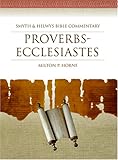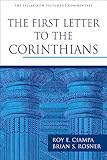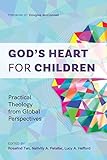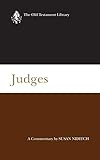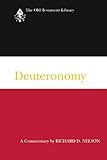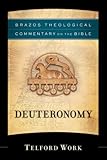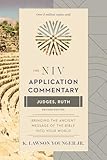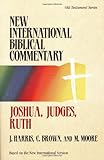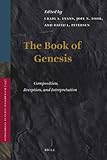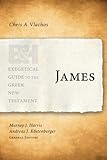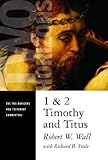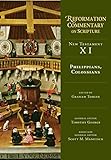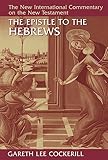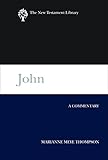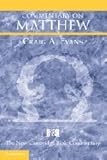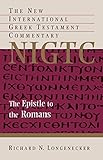MARC details
| 000 -LEADER |
|---|
| fixed length control field |
02889nam a22001817a 4500 |
| 005 - DATE AND TIME OF LATEST TRANSACTION |
|---|
| control field |
20220301063814.0 |
| 007 - PHYSICAL DESCRIPTION FIXED FIELD--GENERAL INFORMATION |
|---|
| fixed length control field |
ta |
| 008 - FIXED-LENGTH DATA ELEMENTS--GENERAL INFORMATION |
|---|
| fixed length control field |
170628s2010 sa ||||fom| | 00| e eng d |
| 040 ## - CATALOGING SOURCE |
|---|
| Transcribing agency |
ZA-BrSAT |
| 100 ## - MAIN ENTRY--PERSONAL NAME |
|---|
| 9 (RLIN) |
209 |
| Personal name |
Chan, Ken |
| 245 ## - TITLE STATEMENT |
|---|
| Title |
The Information Structure of the Book of Esther in the Septuagint |
| 260 ## - PUBLICATION, DISTRIBUTION, ETC. |
|---|
| Place of publication, distribution, etc. |
Johannesburg,South Africa |
| Name of publisher, distributor, etc. |
South African Theological Seminary |
| Date of publication, distribution, etc. |
2010 |
| 300 ## - PHYSICAL DESCRIPTION |
|---|
| Extent |
326p |
| Other physical details |
PDF |
| Dimensions |
A4 |
| Accompanying material |
Abstract.Table of contents. Works cited. |
| 502 ## - DISSERTATION NOTE |
|---|
| Degree type |
Doctor of Philosophy in Theology (PhD) |
| Name of granting institution |
South African Theological Seminary |
| Year degree granted |
2010 |
| Supervisors |
|
| 520 ## - SUMMARY, ETC. |
|---|
| Summary, etc. |
A comparison of studies on the book of Esther shows that there are diverse opinions of what constitutes (a) the purpose, and (b) the discourse boundaries of the book.This is discussed in chapter one.This study seeks to answer these two questions for the book of Esther in the Septuagint by analyzing its information structure through the perspective of functional linguistics. In particular, this is achieved by employing the concepts of language typology, rules of information flow, topic, focus, thetic clauses, point of departure, topicality, points of view, mainline, offline, background, prominence,coherence, discourse boundaries, and information markedness. The methodology is justified in chapter two.Chapter three presents the results of this analysis clause-by-clause, along with a literal translation and the labels of the information structure of the text. This is anon-traditional commentary that only addresses the discourse aspects of the text.Similarities and differences with the understanding of the literature are compared and contrasted.The conclusions of this study are given in chapter four. It is found that the purpose of the book of Esther in the Septuagint concerns the dates of the festival of Purim.The text itself is divided into 32 major discourse sections (summarized in Table 3 of this study). The structure of the text is based on a plot with (a) an instigating incident, (b) a narrative reversal, and (c) a didactic conclusion. The coding of the study corpus does not justify the existence of chiasms. The unity of the text is justified by the study results.One implication of this study is that a text-centered reading of the study corpus is preferred over a reader-centered approach. An accidental finding is that the data overwhelmingly emphasizes the authority of the king.Translations of three selected portions of the text (taken from the three major genres in the text, namely narrative, hortatory, and didactic) is compared with the translation of this study. This comparison shows that the clarity and the relative emphases of the translation is improved by this research.Finally, the applicability of this method for bible translation and biblical studies is outlined. |
| 650 #0 - SUBJECT ADDED ENTRY--TOPICAL TERM |
|---|
| 9 (RLIN) |
210 |
| Topical term or geographic name entry element |
Old Testament |
| General subdivision |
Book of Ester |
| Geographic subdivision |
World wide |
| 942 ## - ADDED ENTRY ELEMENTS (KOHA) |
|---|
| Source of classification or shelving scheme |
Dewey Decimal Classification |
| Koha item type |
Thesis |

